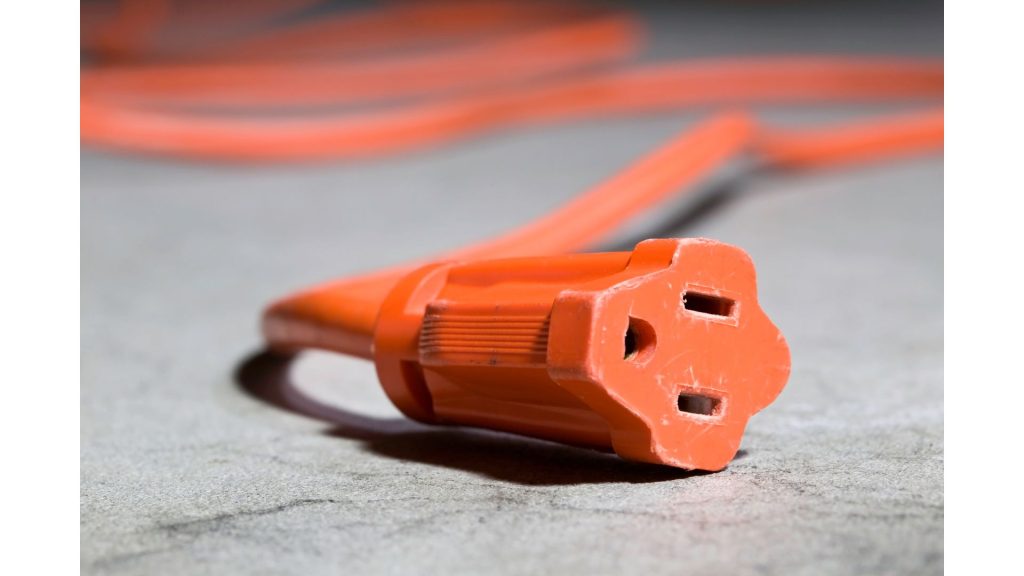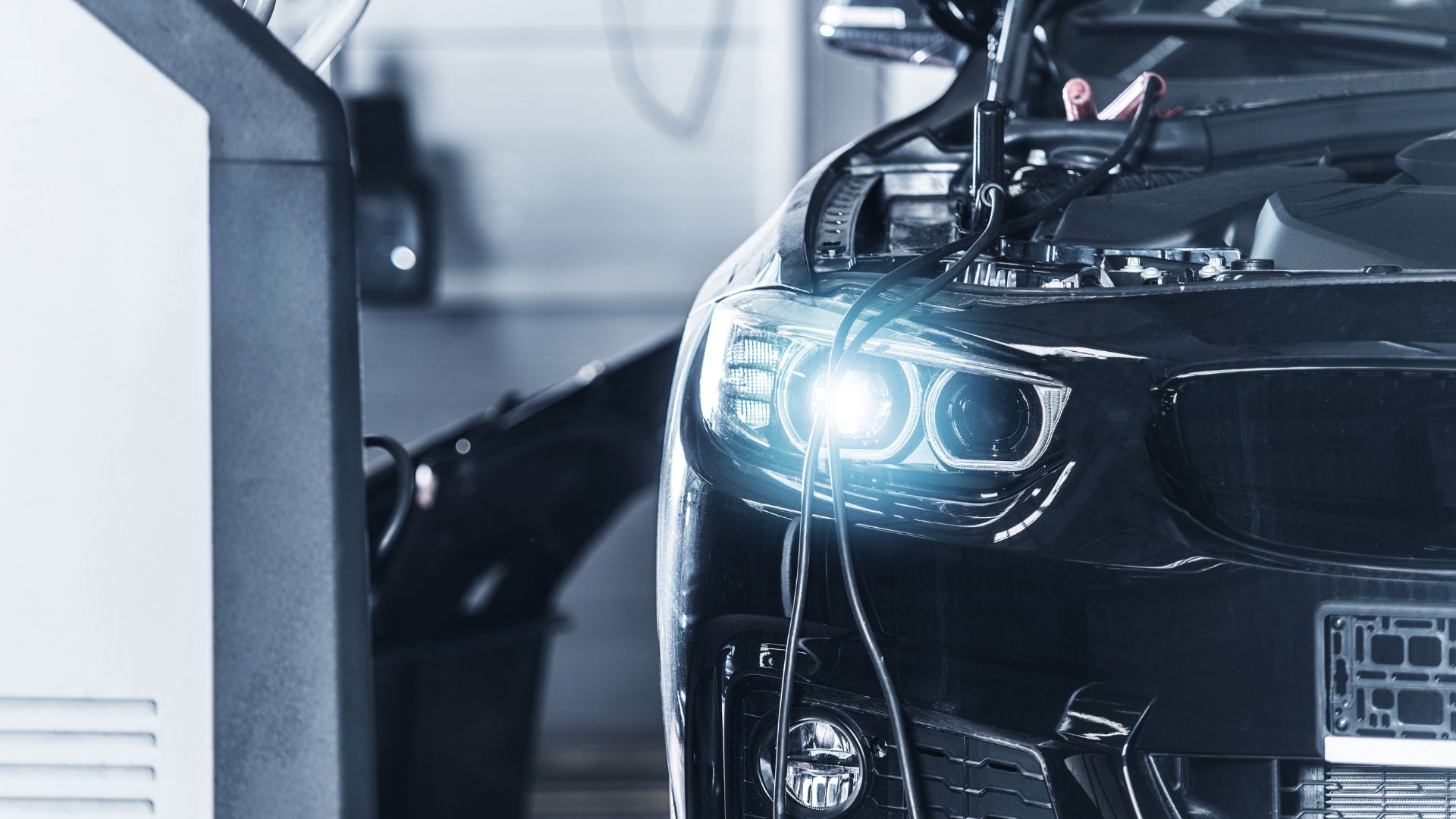If you have a diesel vehicle and cold weather frequents your area, you’re probably tempted to buy a block heater. But how much power do these devices draw? The guide below will tell you.
How Many Amps Does A Block Heater Draw?
| Heater Type | Amps |
| Cumins Block Heater | 6.5A |
| Duramax Block Heater | 6A – 10A |
| Ford Block Heater | 8A – 12A |
| Semi Block Heater | 6A – 10A |
| Car Block Heater | 3A – 7A |
| Truck Block Heater | 5A – 7A |
If you’re trying to wire your circuit to accommodate the needs of a block heater, aim for 1000 to 1200W. That is a lot higher than the ratings you will encounter on the market. In fact, many of the heaters you will find are 400W. 750W is the average.
But it helps to prepare for the worst. A circuit capable of withstanding 1200 watts will tolerate most block heaters.
Engine block heaters are supposed to run on a conventional circuit, and most homes use 15A and 20A circuits. Therefore, regardless of the model you select, your heater’s amp rating won’t exceed 20 amps.
You may find rare exceptions on the market. But most models can easily run on a 15 or 20A circuit without causing an overload.
If you still have doubts about a heater’s amperage and compatibility with conventional circuits, look at the plug. Engine block heaters use ordinary plugs that fit traditional 15A and 20A circuits. This shows that most block heaters have reasonable amp ratings. Your home’s electrical system can support these devices.

The extension cord is the most important piece of this puzzle. Extension cords are dangerous because they tend to overload. According to the U.S. Consumer Product Safety Commission, power strips and extension cords cause 4,000 injuries annually.
This is why experts warn consumers against using them. And yet, people use extension cords to run block heaters all the time because they don’t expect these devices to cause an overload. Naturally, a weak extension cord can still start a fire, even when you pair it with a 400W heater.
But if you select the correct gauge, the extension cord will accommodate the heater’s needs, proving once and for all that engine block heaters don’t consume quite as much power as people think.
How To Calculate The Block Heater Amp Draw?
The block heater’s electrical draw isn’t something you necessarily calculate. The manufacturer stamps this information on the device. Look for the plate or label that reveals the heater’s specs.
However, like most appliances, manufacturers use watts to represent the heater’s electrical draw. How do you turn the watts into amps?
You divide the watts by the voltage. For instance, if you have a 400W unit running on 120V, divide 400 by 120 to get 3.3 amps.
This shows that the amperage will change depending on the voltage. Despite what some people think, you can’t reduce the cost of running an engine blocker heater by using a higher voltage. A higher voltage promises more efficient power delivery.
This is why 240V wiring systems are less expensive. You can use thinner wires and smaller breakers and transformers. However, the wattage determines the cost of running a heater, not the voltage.
You get the cost when you multiply the price of a kilowatt hour in your area by the heater’s kilowatt rating.
Don’t hesitate to contact the manufacturer if you have questions. They will tell you the heater’s amp draw. They can also recommend an appropriate breaker and circuit size. Some manuals will provide this information.
However, if your unit doesn’t have a manual or the document is too vague to provide the answers you need, the manufacturer will help.
Why do Amps Matter for Block Heaters?
You shouldn’t run your heater without first determining the amp draw. The amp rating is important for various reasons, including:
1). The Amperage Tells You Whether Or Not The Unit Can Run On Your Circuit.
Most residential circuits can accommodate an engine block heater. But what if you just built an extension or garage and want to add a circuit that runs the heater overnight?
The unit’s amp draw will show you the correct circuit size to use. It will also influence the breaker size you select. An oversized breaker won’t help you because it may permit the wires to overheat before it responds. An undersized breaker will trip repeatedly.
Once you know the heater’s amperage, you can avoid both of those outcomes. Admittedly, these considerations don’t matter if you’ve hired an expert to install the circuit. You can trust a professional to select the right circuit and breaker size.
2). It Tells You The Cost To Run Block Heater
How long will you run the heater? Will you keep it on for an hour or two before leaving for work in the morning, or do you prefer to leave it on overnight? The cost of running the device will make this decision for you.
Some people avoid heaters altogether because the cost of running the devices is too high. Others will use them for a few minutes at a time to reduce their monthly energy bills. But you can only make these decisions after calculating the cost of running the heater.
You need the amp draw to calculate the cost. Without it, you won’t know how much power the unit uses per month.
3). To Identify The Correct Gauge Extension Cord
Many people don’t have outlets within the vicinity of their vehicles. Therefore, if they want to run the heater at home or work, they need an extension cord. But extension cords can start fires if you pair them with a larger load.
You must select the correct gauge. The NEC has tables that recommend wire sizes for each ampacity. People use those tables to identify a suitable gauge for their extension cord. But you can’t identify the correct gauge if you don’t know the heater’s amps.
Engine block heaters can run on conventional residential circuits. But that won’t stop them from overloading a weak extension cord with thin conductors.
4). To Identify The Number Of Devices You Can Share On The Circuit
How many devices will share the circuit? A block heater is unlikely to overwhelm a conventional 15A or 20A circuit. However, the device can start a fire if it is just one among many appliances running on the same circuit.
You can avoid such situations by making sure the total load is less than the circuit’s rating. You can’t calculate the total load unless you know the amp draw of each device on the circuit, including the heater.
5 Tips To Run Block Heater Safely
An engine block heater is just like every other appliance. It is only dangerous if you misuse it. Keep the following in mind:
1). Use a Higher Gauge Extension Cord
If you want to use an extension cord, use 14AWG or higher. The gauge shows the amount of power an extension cord can withstand. Experts will encourage you to prioritize the thickest power cords you can find.
But higher gauges attract heftier price tags. Therefore, you should match the gauge to the amperage to avoid overloads and fires. Don’t waste money on an unnecessarily thick extension cord when a thinner one can work.
2). Longer The Length Thicker The Gauge
The amp draw is not the only factor influencing the gauge. The length is just as important because it affects the resistance. A long extension cord has a higher resistance. As such, it is more likely to overheat and start a fire.
This doesn’t mean you can’t use a long extension cord. Just increase the gauge. A thicker conductor can transmit more current over long distances without overheating.
3). Pay Attention To The Plugs And Cables.
Don’t ignore frayed wiring. Damaged or worn-out cabling starts fires every day. While repairs are acceptable during emergencies, the best option is to replace them.
Where the plugs are concerned, ensure they are secure in the outlet. A loose plug that can’t maintain a firm hold on the outlet is a fire hazard.
4). Don’t Use The Heater For Longer Than Necessary.
According to napa online, four hours are enough. Leaving the heater on overnight is wasteful and creates more opportunities for fires to start.
5). Use Timers.
A timer will control the heater, turning it on and off automatically. This reduces the amount of energy you will waste. You don’t have to leave the unit on overnight. Timers are particularly useful for consumers with multiple cars and heaters.
Timers will ensure that the heaters are never on simultaneously, especially if they share a circuit. This reduces the chances of an overload.

